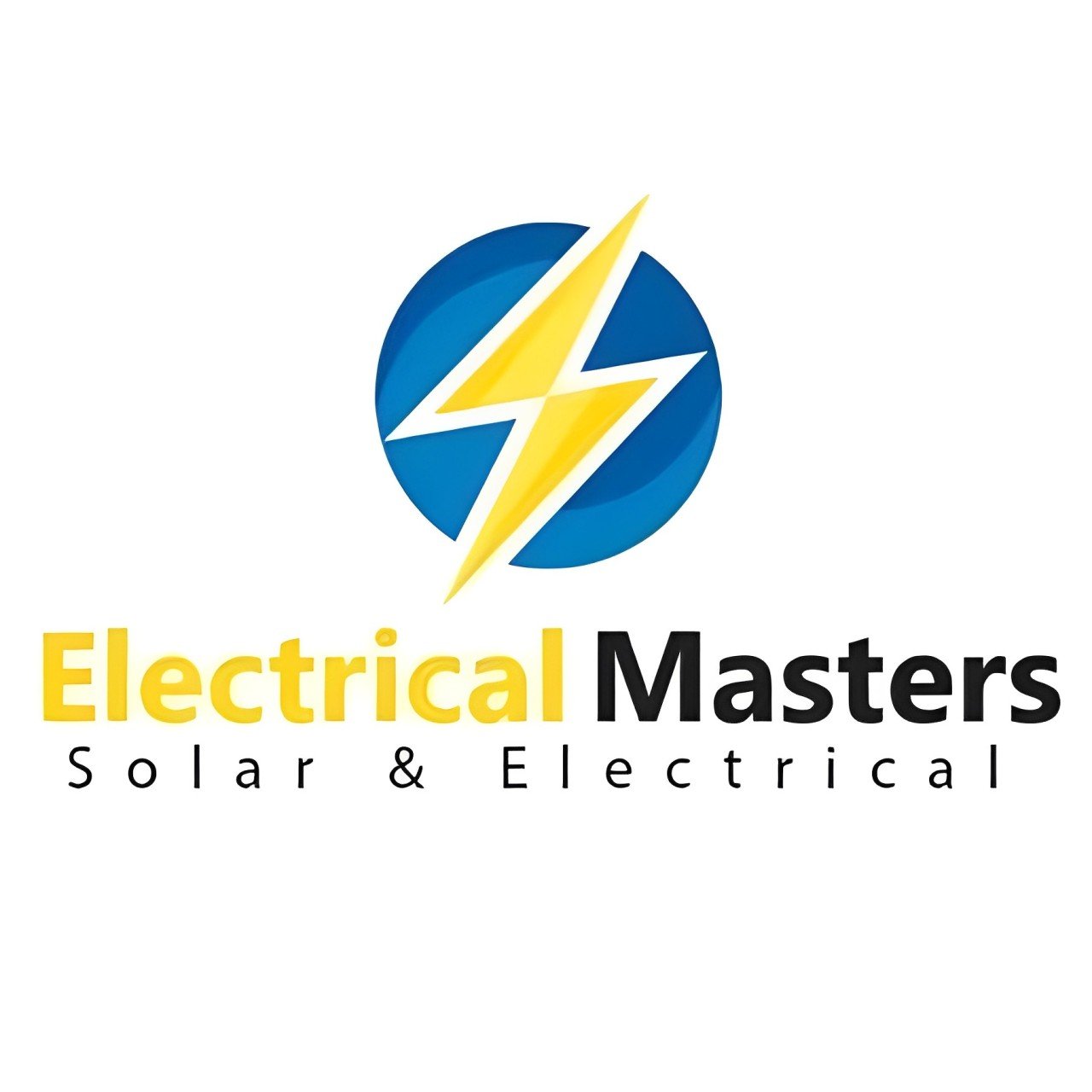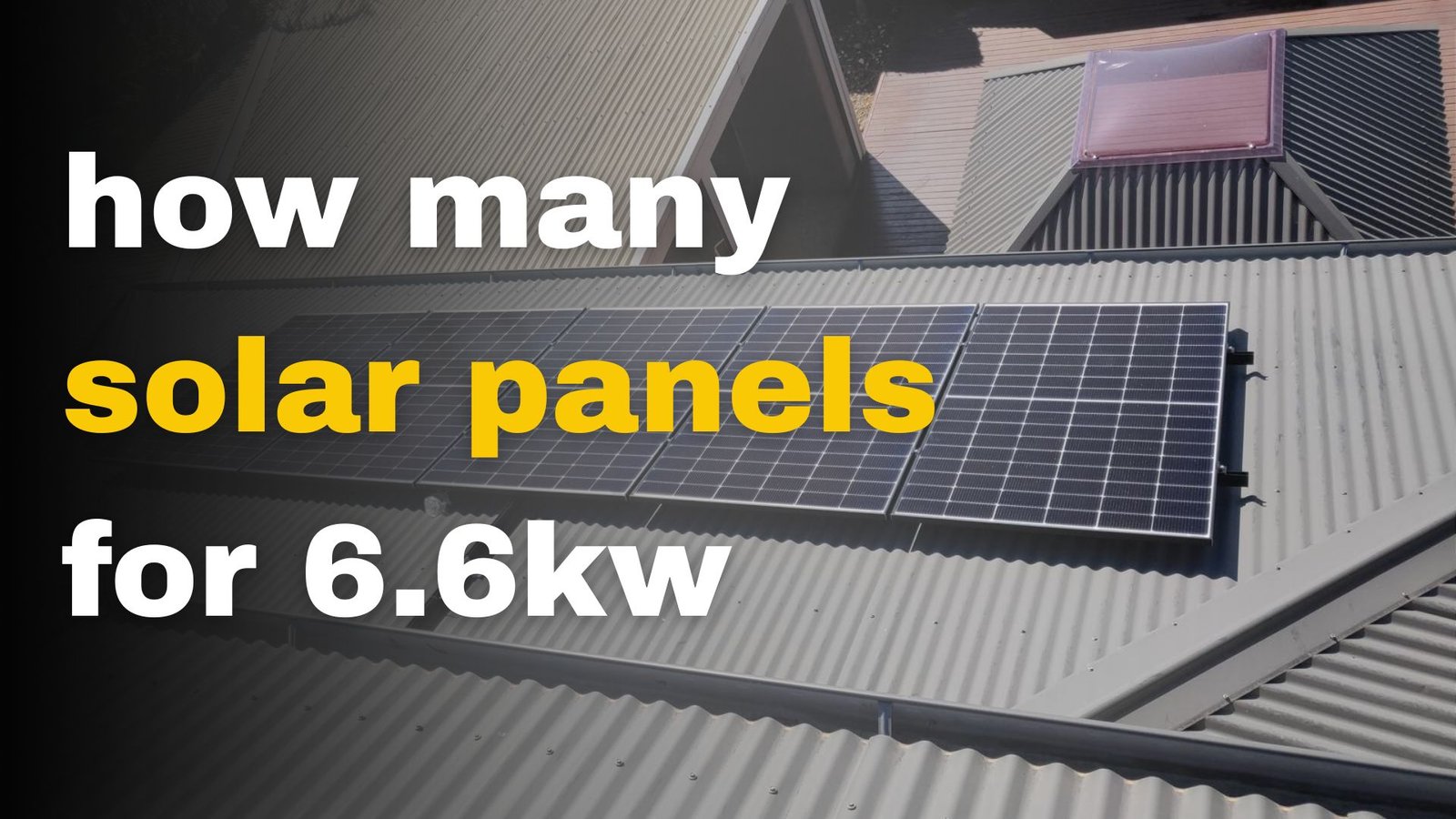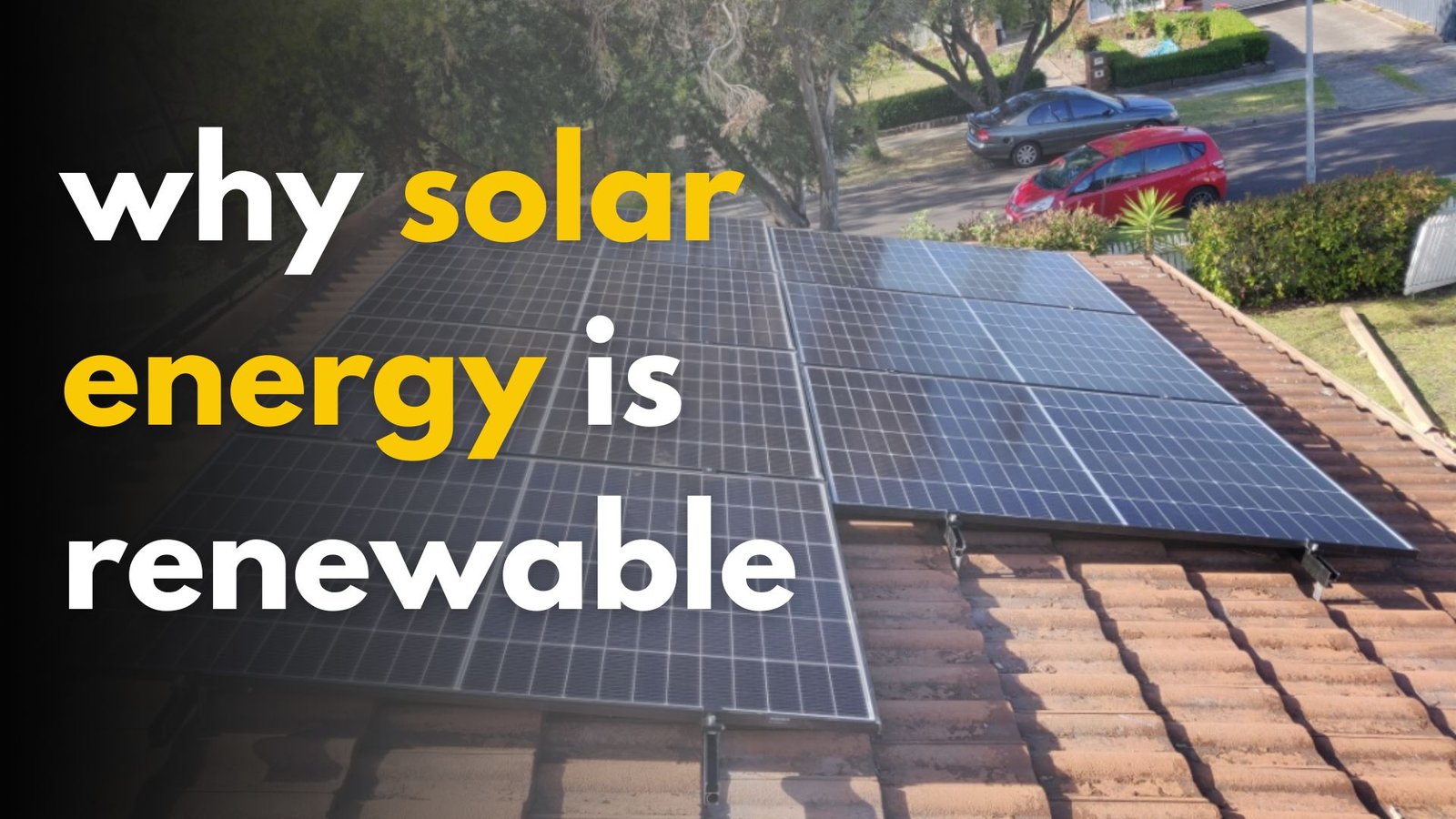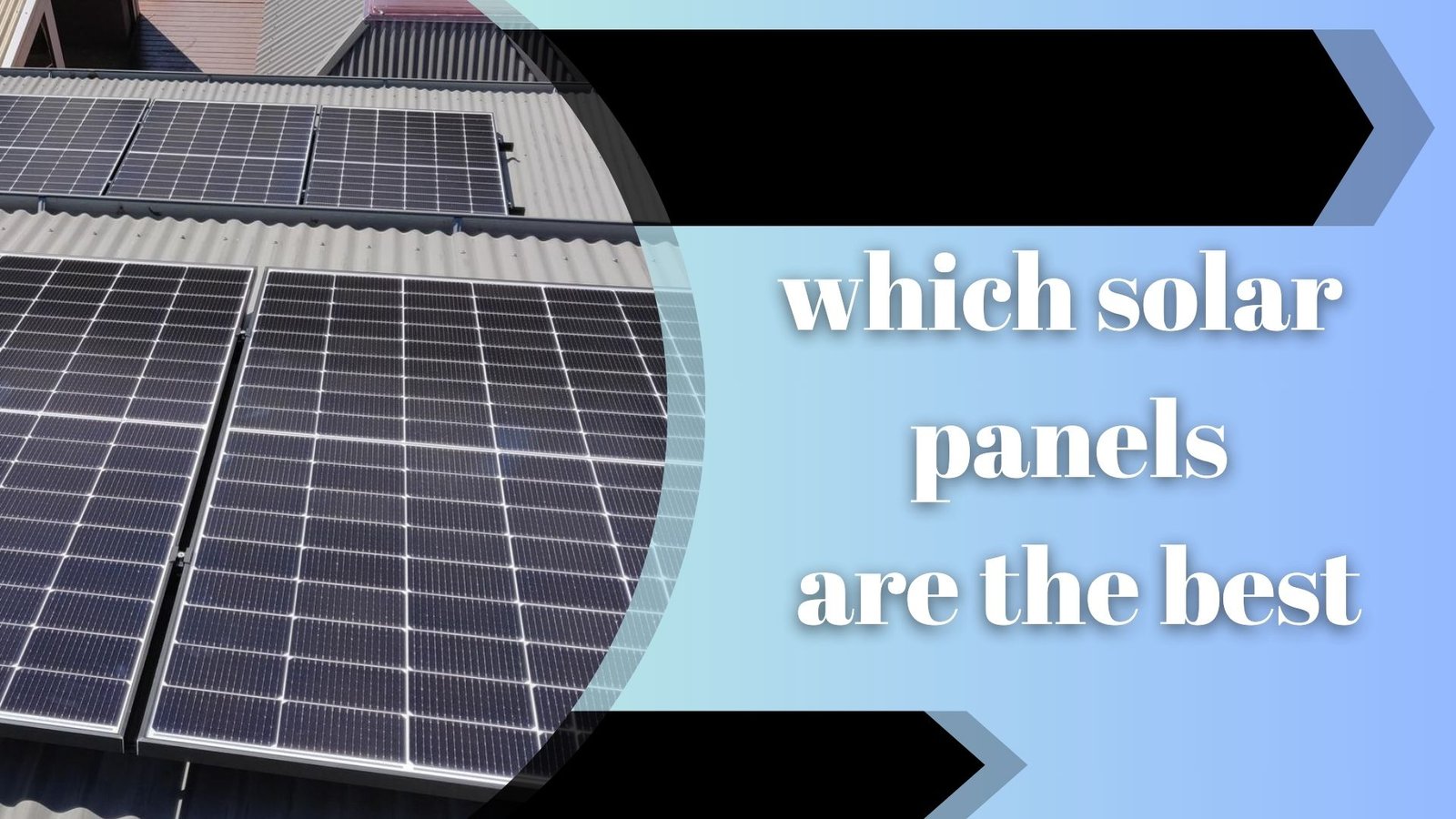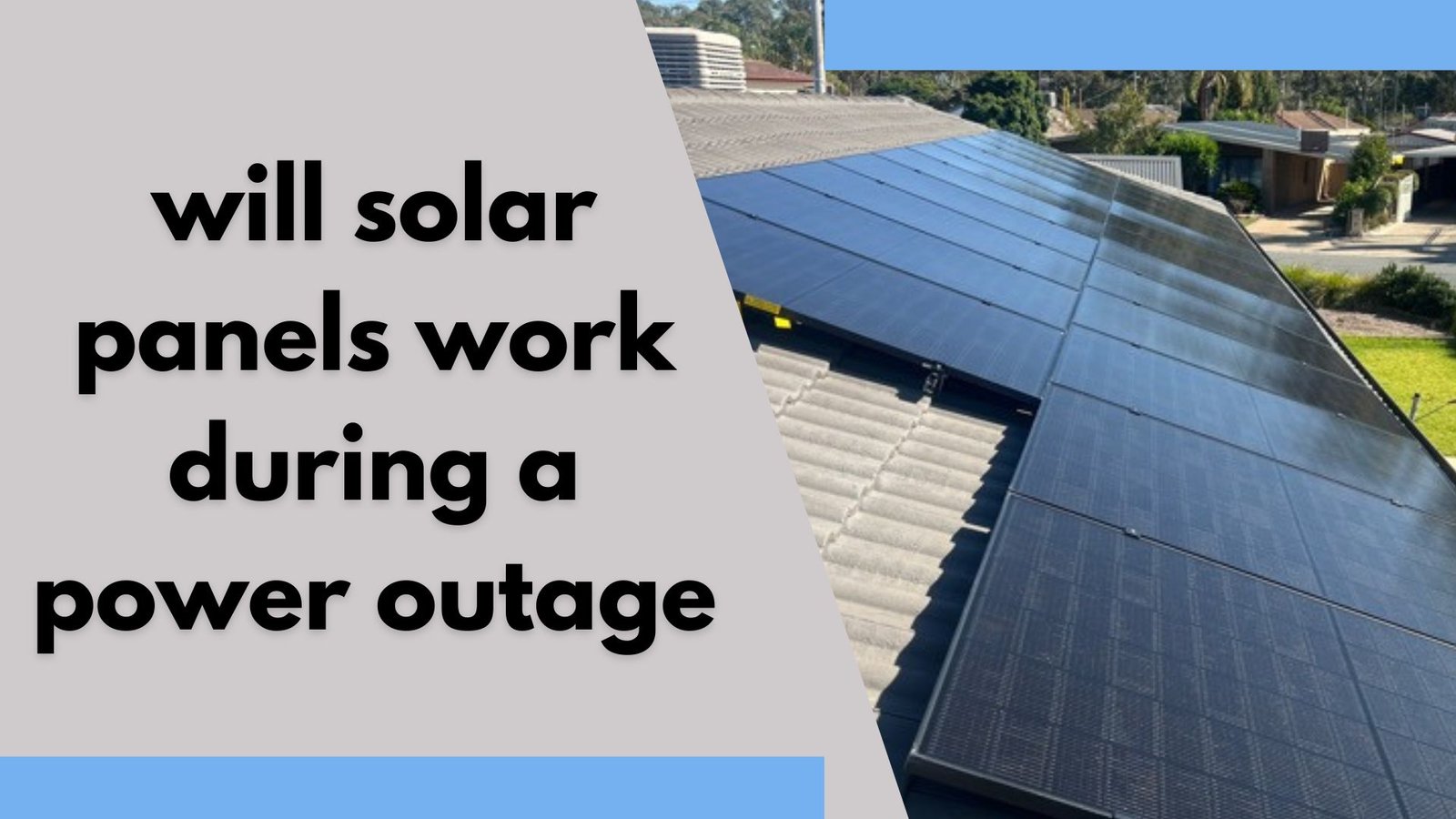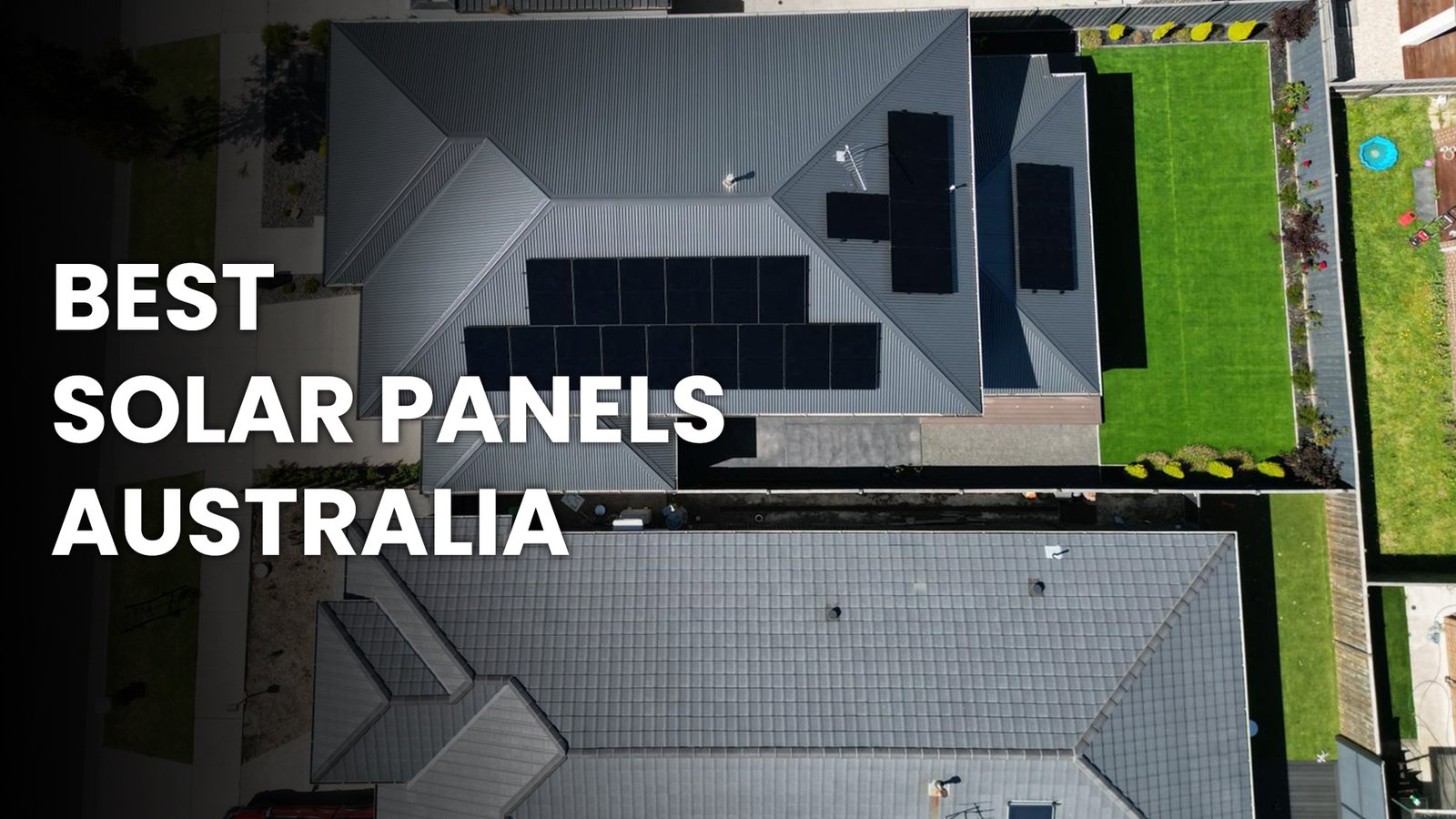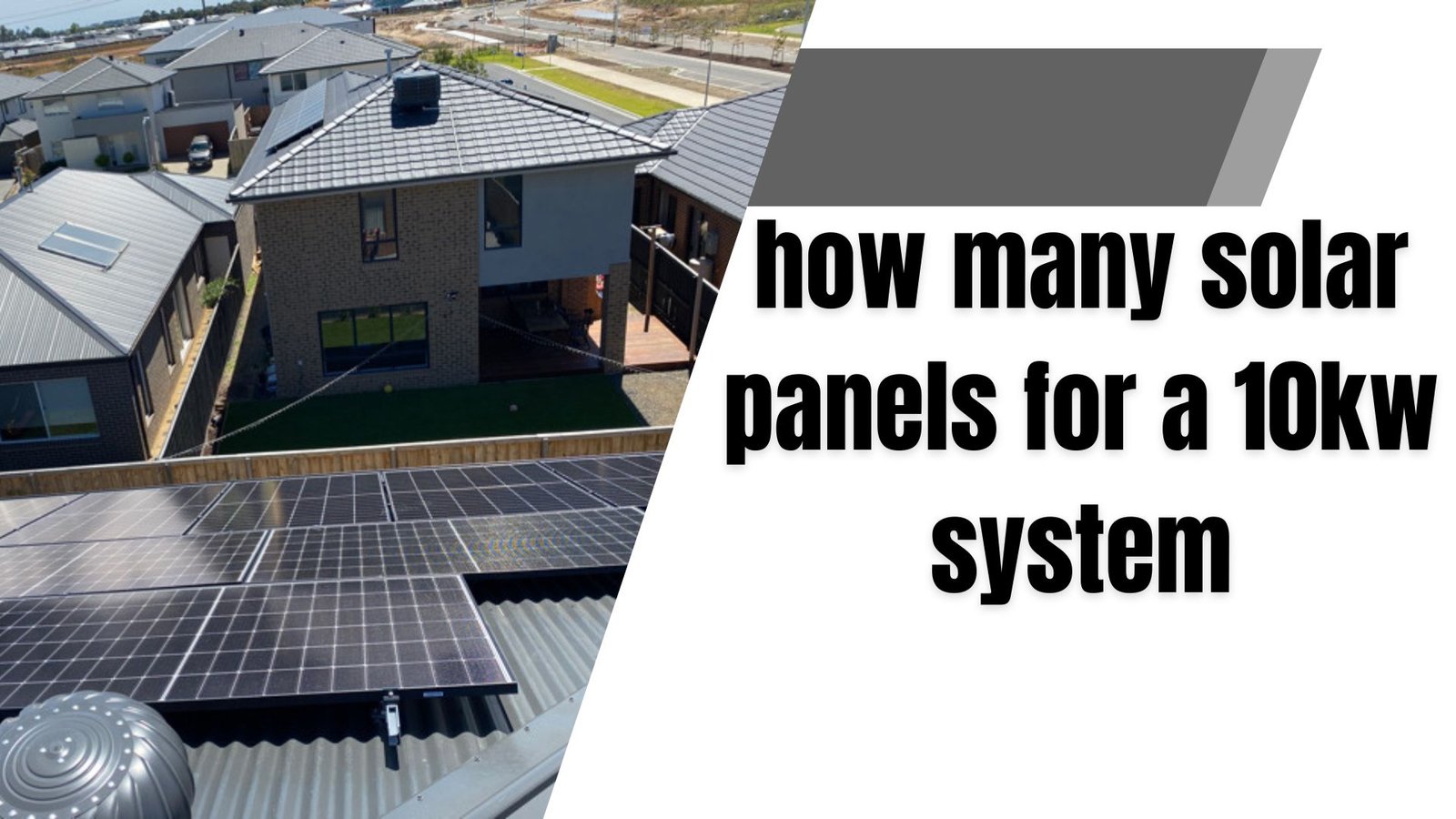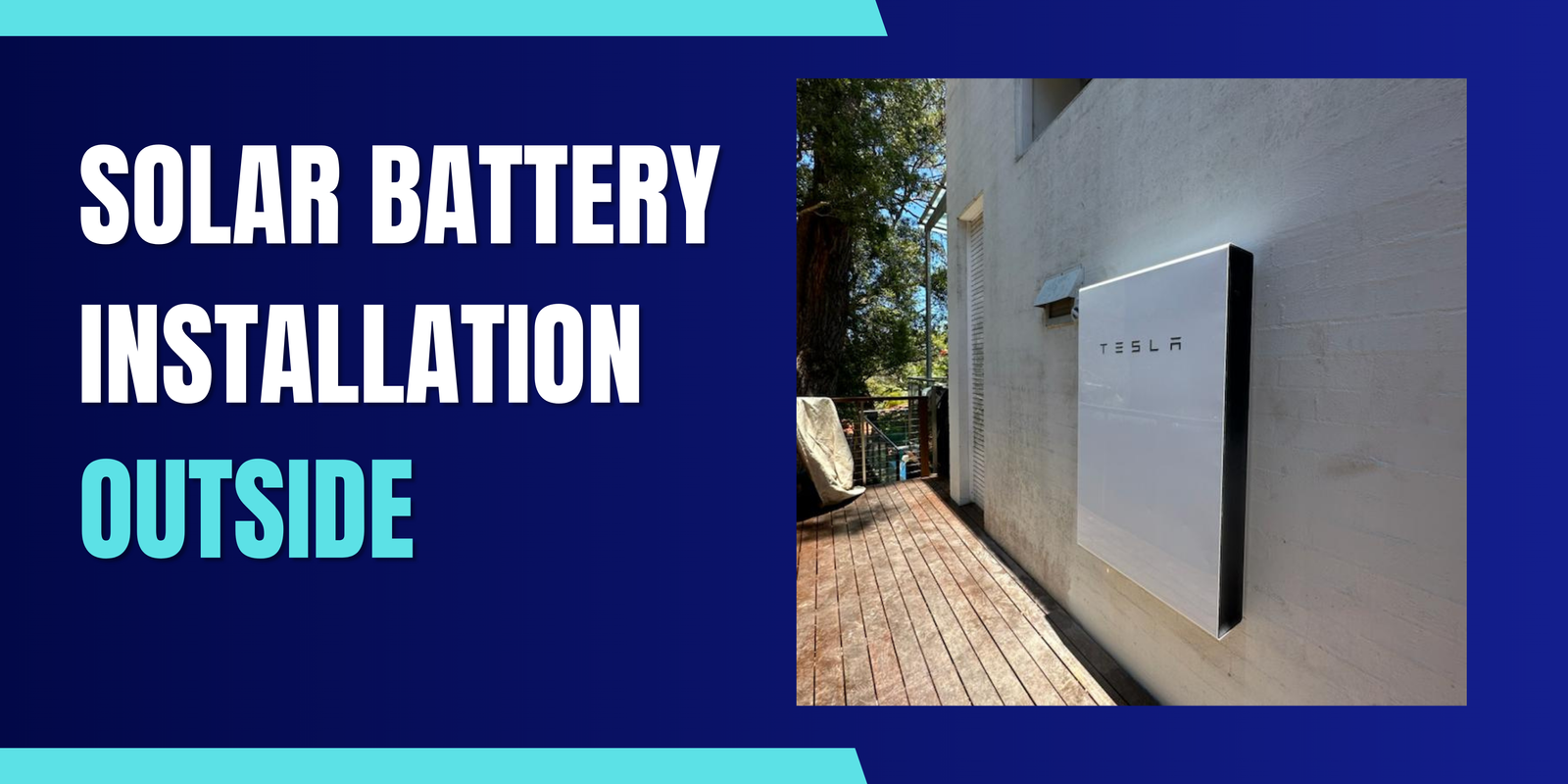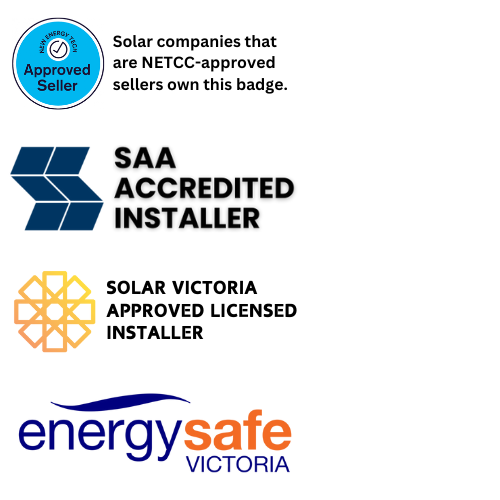How Many Solar Panels for 6.6kW? A Complete Guide for Homeowners
Thinking about installing solar and struggling to figure out how many solar panels for 6.6kW? Choosing the right number of panels is key to making sure your installation fulfils your energy demand, cuts down on your electricity costs, and runs as smoothly as possible. This guide from Electrical Masters will discuss all the fundamentals for planning your 6.6kW solar system.
Get a Free Quote
What is a 6.6kW Solar System?
A 6.6kW solar system refers to a medium- to large residential solar installation, usually enough to power a regular Australian home. The “6.6kW” sign indicates the system’s maximum power output under the ideal conditions. In simple terms, a higher kilowatt rating refers to greater electricity generation capacity from your solar panels.
Before calculating the number of how many solar panels for 6.6kW, it’s crucial to understand the importance of panel wattage. Solar panels are available in 440W per panel. The wattage of each single panel directly determines the total number of panels required to achieve a 6.6kW system.
To determine how many solar panels for 6.6kW your home requires, you can use a simple formula:
Number of panels = Total system size (kW) ÷ Panel wattage (kW)
For example:
Using 440W panels: 6.6kW ÷ 0.40kW = 15–16 panels
This calculation shows that the number of panels depends on the panel type and wattage. Electrical Masters recommends using high-efficiency panels, especially if you have limited roof space.
Factors That Affect the Number of Solar Panels
While the formula above provides a general estimate, several other factors can influence how many solar panels for 6.6kW your home actually needs:
- Roof Size and Orientation
The dimensions, form, and pitch of your roof directly determine how many solar panels you can fit on it. In Australia, roofs that face south often capture less sunlight. Therefore, you might need to install a higher number of panels to generate the equivalent amount of energy. - Energy Consumption
The size of the solar system you require depends on your home’s electricity consumption. A family with higher energy demands could demand a 6.6kW system operating at its peak, or perhaps something even bigger. - Panel Efficiency
High-efficiency panels generate more electricity for each square metre they occupy. This increased output can lead to a reduced number of panels needed for a given energy requirement. - Shading and Obstacles
Solar panel efficiency can be decreased by things like trees, chimneys, and other obstacles. As a result, more panels could be required to get the same amount of energy.
Location and Sunlight Hours
Australian cities get different levels of sunlight. That means a home in Melbourne will need a few more solar panels than a similar one in Queensland to produce the comparable quantity of energy.
Choosing the Right Solar Panels
Choosing the right panels is critical for a successful installation. Here are some popular options:
- Monocrystalline Panels: High efficiency and sleek design, ideal for limited roof space.
- Polycrystalline Panels: Slightly lower efficiency but more budget-friendly.
- Thin-Film Panels: Flexible and lightweight, but less efficient for small residential roofs.
Electrical Masters can help you choose the best solar panels for your home, ensuring you get optimal performance from your 6.6kW system.
Benefits of a 6.6kW Solar System
Installing a 6.6kW solar system has many advantages for homeowners:
- Lower Electricity Bills: Generate your own power and reduce reliance on the grid.
- Environmental Impact: Solar energy is clean and renewable, reducing your carbon footprint.
- Increase Property Value: Homes with solar panels are more attractive to buyers.
- Energy Independence: Protect yourself from rising electricity prices.
With the right setup, you can enjoy these benefits for decades.
Electrical Masters’ Expertise
At Electrical Masters, we focus on designing and installing up top-notch solar systems, custom-fit for your specific needs. We take everything into account: the size of your roof, how much energy you utilise, any shading issues, and the efficiency of the panels themselves. This allows us to figure out the how many solar panels for 6.6kW needed in your home. Our professionals makes sure your system runs smoothly, consistently, and meets all Australian standards.
Frequently Asked Questions (FAQs)
You can, but fewer panels will reduce the system’s output. To achieve full 6.6kW performance, the correct number of panels based on wattage is necessary.
Typically, a 6.6kW system requires about 30–40 square meters of roof space, depending on panel size and efficiency.
Most installations take 1–3 days, depending on roof complexity and system size. Electrical Masters ensures a smooth and professional installation.
Solar systems reduce your reliance on the grid but may not cover 100% of your electricity usage. Pairing your system with solar batteries can increase self-consumption.
Savings vary based on energy usage and solar output but can range from $1,500–$2,500 annually for an average Australian home.
Conclusion
Figuring out how many solar panels for 6.6kW system needed is a key part of getting a solar structure that’s both affordable and efficient. You’ll want to think about things like the wattage of the panels, the size of your roof, any shading that might be an issue, and how much energy your family utilises. This way, you can build a system that’s just perfect for you.
Electrical Masters is ready to help you through the whole process. We can help you choose the best panels, manage the installation.
Talk to Our Expert
